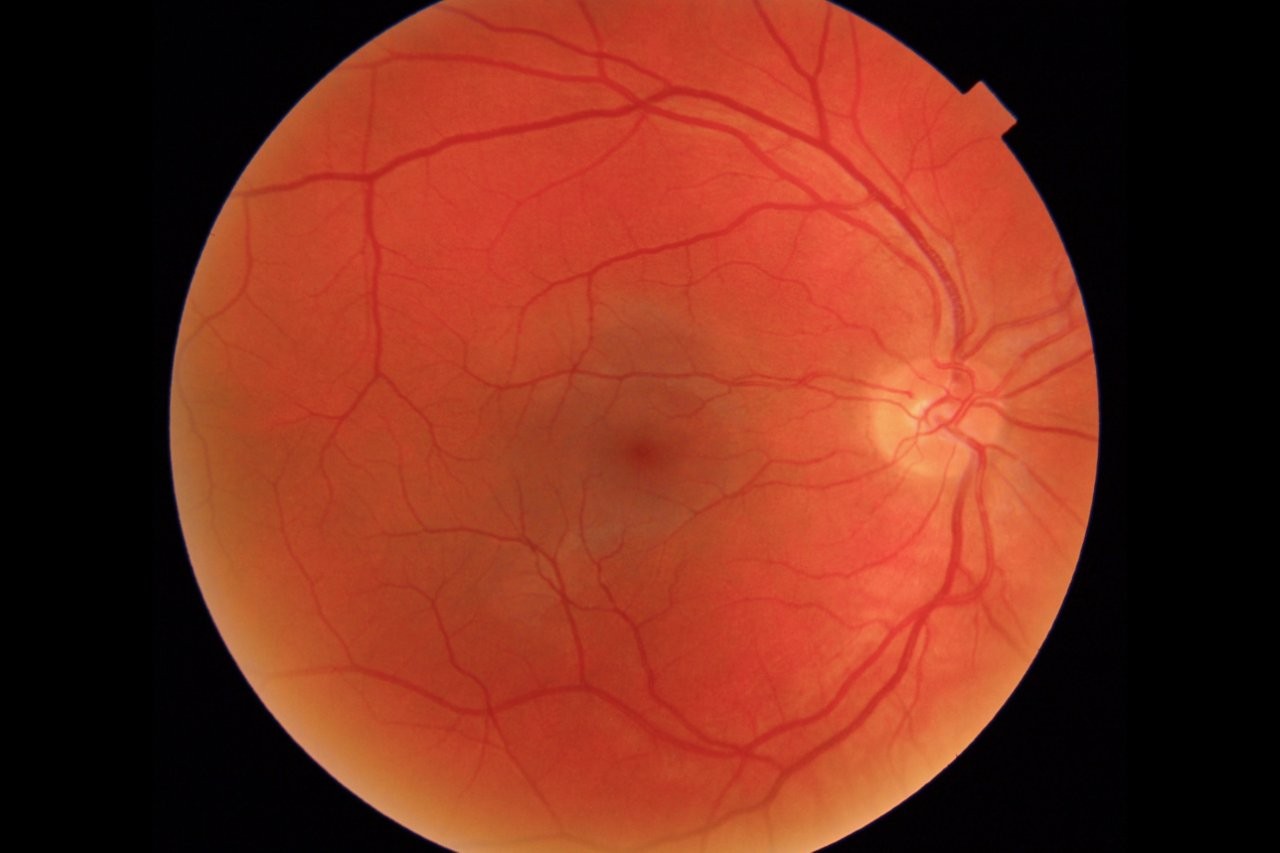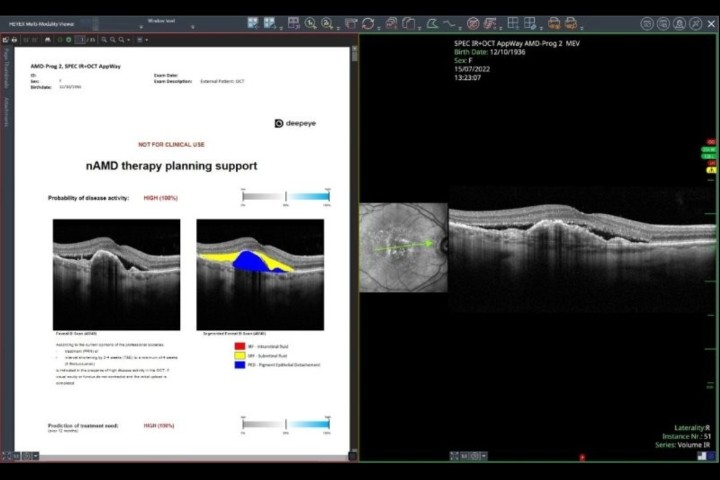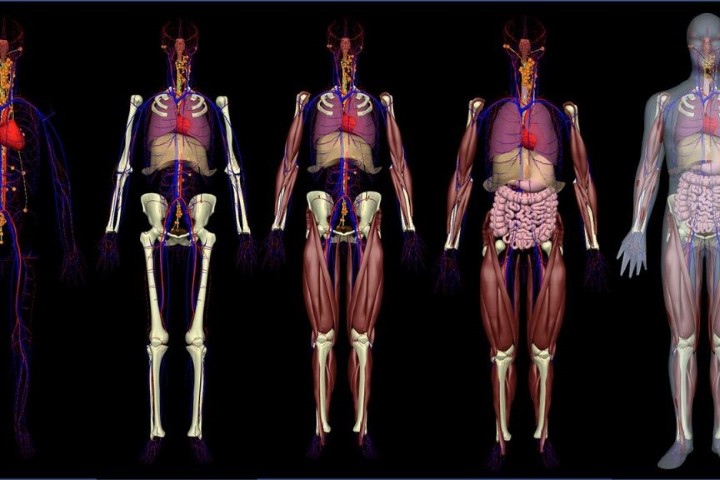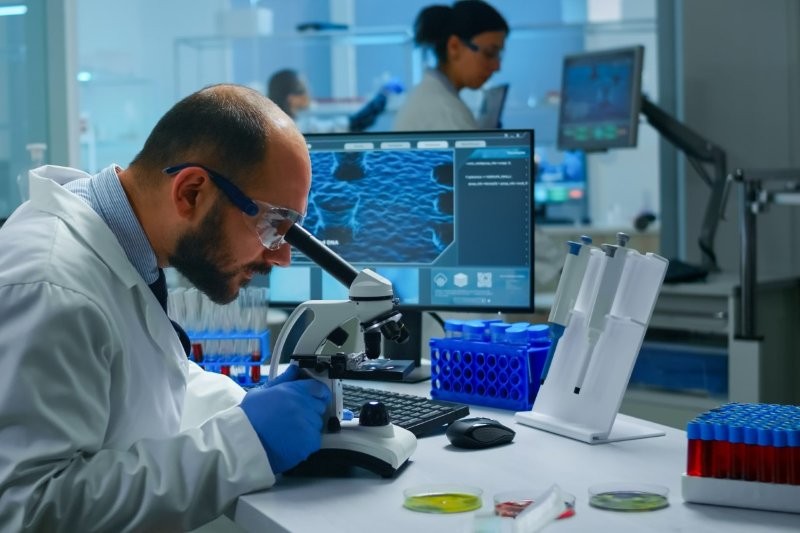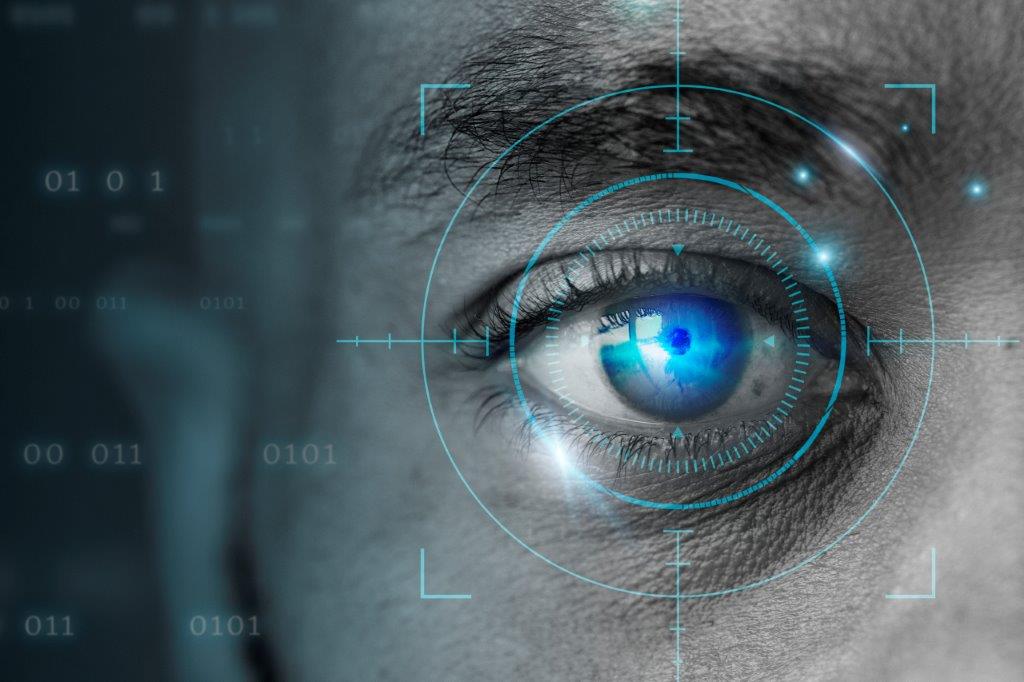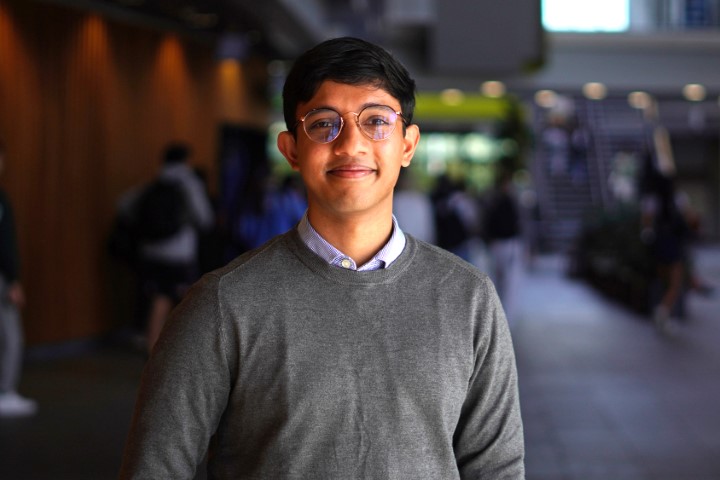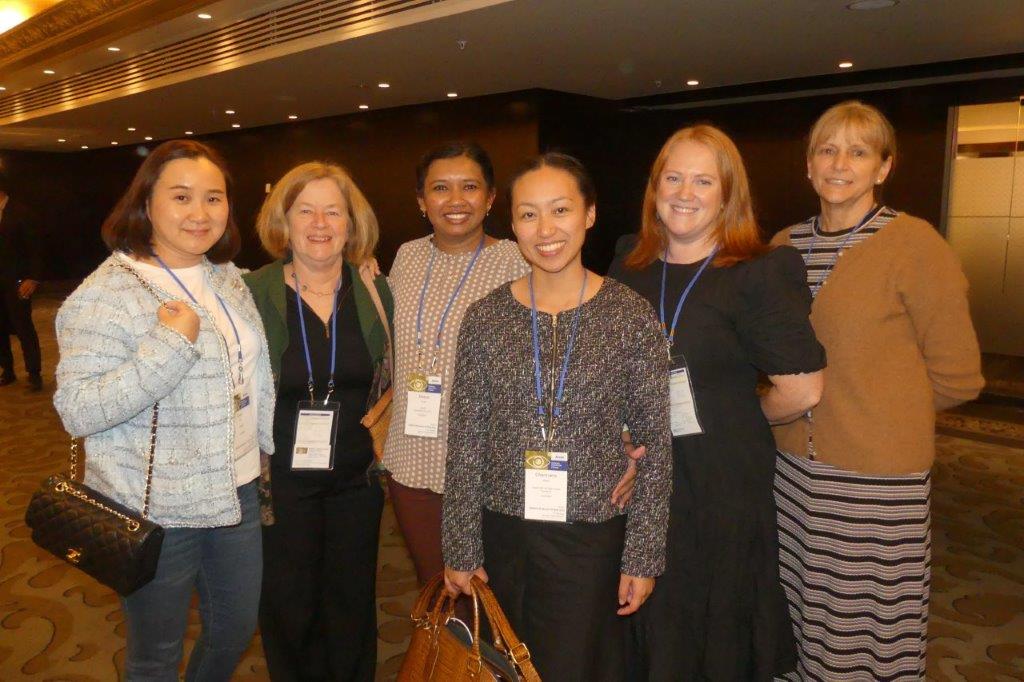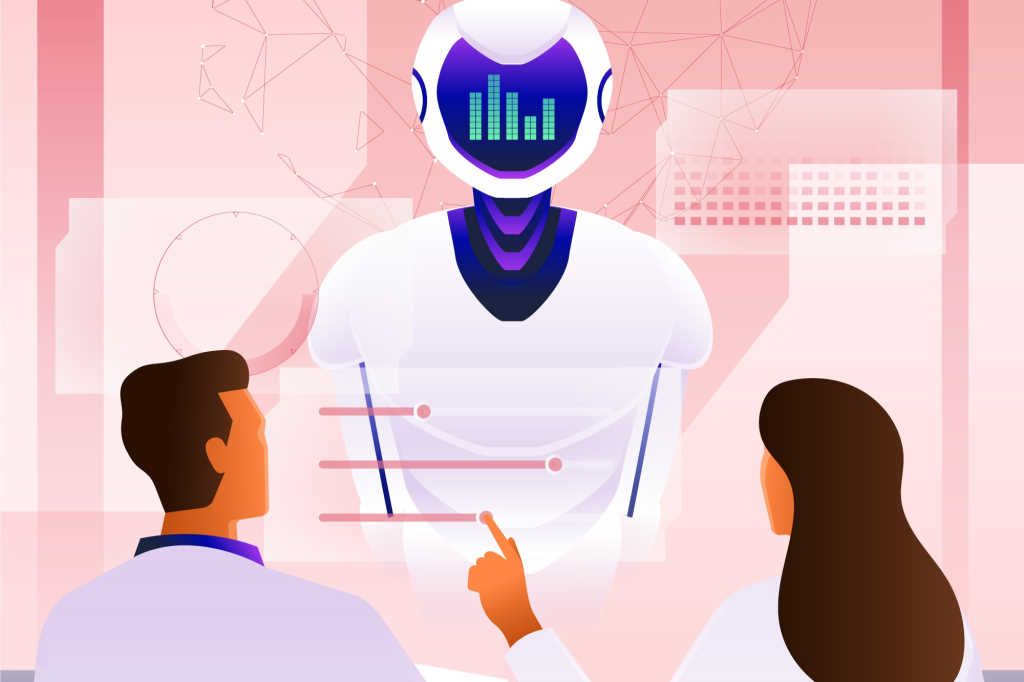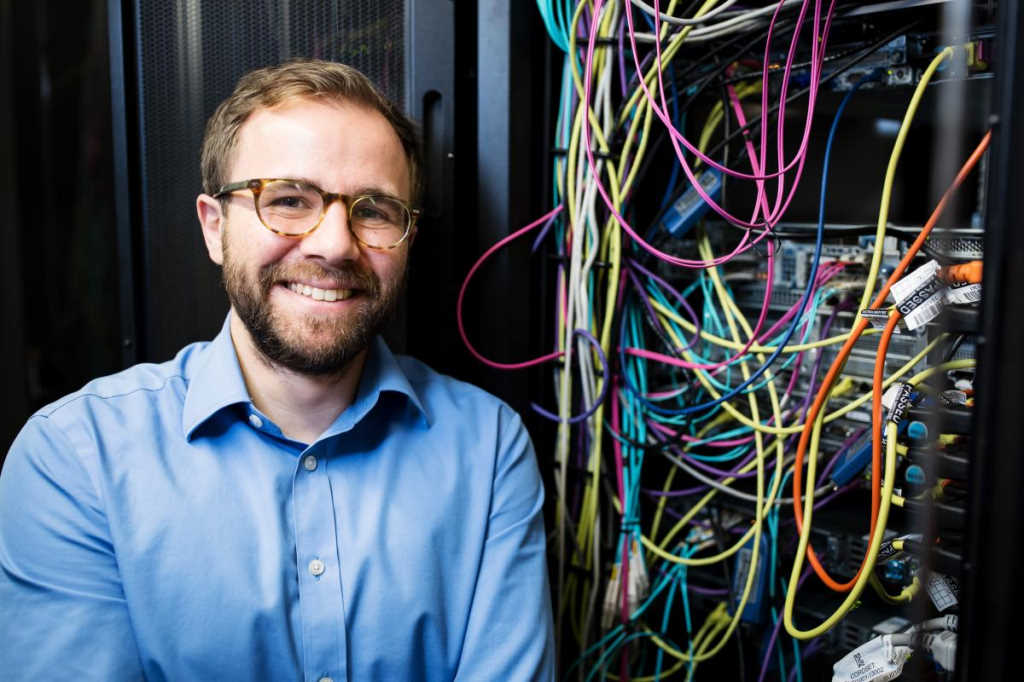Transforming eyecare with AI
The UK is leading the way in using artificial intelligence (AI) in eyecare, which will likely play an even greater role in alleviating future public health challenges, according to Dr Pearse Keane, professor of artificial medical intelligence at University College of London’s (UCL’s) Institute of Ophthalmology and medical retinal consultant at Moorfields.
“We are drowning in people we need to see in hospital eye services and some people are going blind as a result. We are looking at nearly 10m hospital appointments for ophthalmology per year, with an approximately 33% increase over the past five years,” said Prof Keane, speaking at London’s 100% Optical. Since 2017, eyecare has been the NHS’ busiest specialty. AI may help to allay these challenges, he said.
“Our new Moorfields Eye Hospital, due to be complete by 2027/8 at Kings Cross, is designed to take advantage of new care pathways, to help work with community optometry and to upskill people and to give patients the ability to play a greater role in their own care,” he said.
Unrivalled data sets
Moorfields’ foundation of data to aid AI development is unrivalled, said Prof Keane. For example, RETFound, a collaboration between UCL and Moorfields, utilises 1.6m retinal images to assist the early research phase of progressing to a functioning algorithm. As an open-source tool this can be used as a building block for others to develop, he said. “The UK has the advantage of NHS data sets and some of the best universities in the world. This has implications, particularly for less common diseases, as we could find a pathway.”
Since the 2016 press coverage of the NHS’ rapid access macular clinics, Prof Keane said there had been much hype, but bringing this care and general ophthalmology into the community is not yet a real option. “These AI systems are good at giving better measurements for intra- or sub-retinal fluids to help guide treatments. But how do we integrate this into pathways and what is the business model?”
The most important application in the short term is perhaps in clinical trial planning, he said. “We can help to overcome the challenges of recruitment by sending an algorithm to clinics to identify segment pathology to find suitable patients. This helps us in writing the protocol for trials, such as the size of drusen or atrophy. This does not require regulatory approval but could still bring immense benefit.”
With more than 500 medical AI systems in the FDA-approval system, the appetite for progress in this field is evident, but insurance and payment systems will be a major factor, said Prof Keane. “No one has yet figured out the right business model for the use of medical AI – the infrastructure for data aggregation and expertise in formatting governance are still in the melting pot.”
Speaking on the wider implications of AI, particularly in Alzheimer’s research, Prof Keane said the use of retinal scan data to track the over-40s for early signs of systemic disease is progressing. He also highlighted the technology’s application in tracking changes in the retina of patients with schizophrenia and looking at neuropathy and changes in the ganglion cell and inner nuclear layer of patients who may go on to develop Parkinson’s, perhaps seven years before other symptoms appear. “With Parkinson’s, we have shown on average that there are subtle changes, but this is not a predictive test. Also, for cardiovascular disease, this could have big effects for the eyecare community and profound public health benefits, including (for patients with) conditions such as diabetes and high blood pressure.”
Prof Keane also spoke about emerging abilities to answer medical questions by using language models such as Chat GPT. “We are already seeing AI surpassing human performance, with so much more to come. Sora from Open-AI is bringing text-to-video, which also has enormous potential. Many people around the world are looking to see how this can become a reality in healthcare.”









